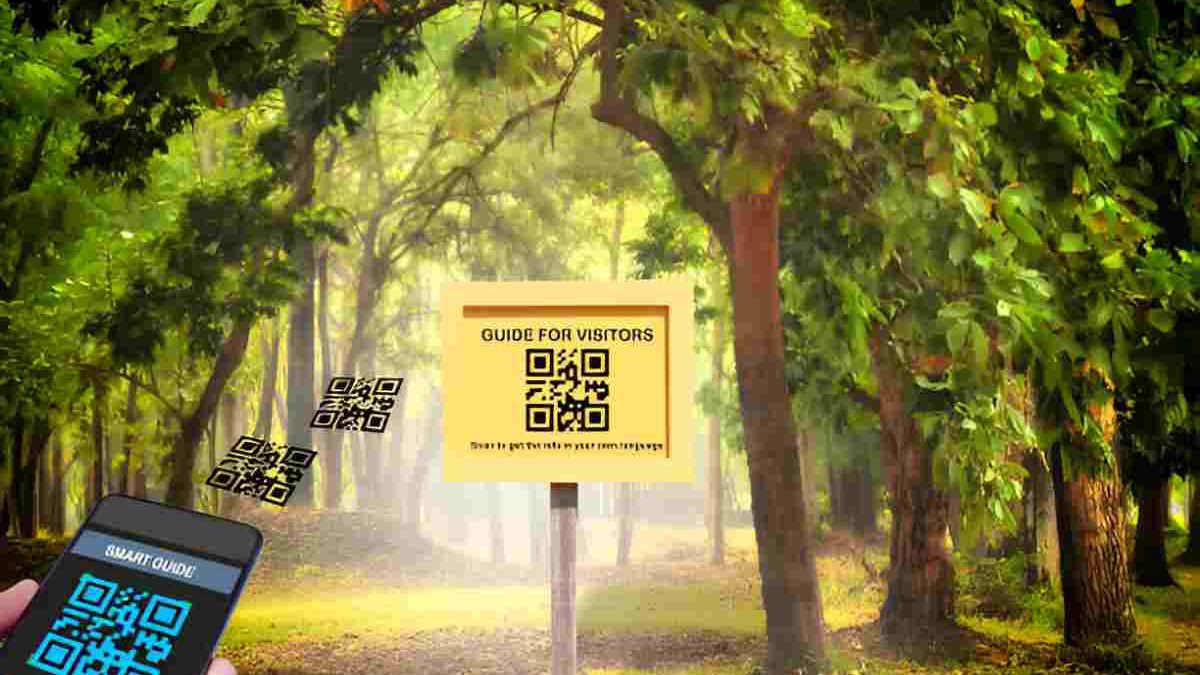The Quiet Revolution of QR Codes in Modern Rural Life
Country living has never been about extremes — it’s been about balance — between tradition and innovation, simplicity and effectiveness, community and solitude. While the city tends to set the pace of fast-moving technological innovation, rural and country living has its own method of adding change to its more measured pace so that it can serve rather than prevail. One such surprising example of this is the re-emergence of QR codes in today’s country living.
What might seem like just a black-and-white square of pixels on the surface is, in reality, becoming a bridge between heritage and progress. Whether you’re running a family farm, hosting guests at a countryside B&B, or simply embracing a self-sufficient lifestyle, QR codes are making their way into barns, kitchens, and gardens — in ways both practical and deeply personal.
Table of Contents
From the Farm Stand to the Smartphone
Think of a roadside farm stand — a classic symbol of rural resourcefulness. Over generations, the stands have relied on honor-system payment or small change boxes. Now, with mobile payment apps and QR codes, the transaction is secure and seamless. A shopper can scan a code, pay on the spot, and leave with a basket of fresh fruit, even without cash.
For farmers, QR codes go beyond the payment. A jar sticker of honey may link to a video of the honey production by bees. A label for an apple basket may lead a consumer to an orchard’s website with seasonal tips and recipes. This is not just to build trust but to build a sense of belongingness — the consumer does not just buy a product; he enters a narrative.
Preserving Tradition, Sharing Stories
Rural life is replete with traditions, and QR codes have become an improbable tool for their preservation. A family can put QR codes on old photograph albums or family cookbooks, pointing towards digitized narratives, movies, or even audio recordings of the grandparents. One can imagine scanning a small code on a hand-written recipe card and listening to the original cook explain why a dish was cooked in a particular way during harvest season.
For home farms that host guests, QR codes can be virtual storytellers. Guests strolling through a property can scan codes on old barns, wells, or vintage tools and bring history alive about their pasts. What once required a tour guide or pamphlet can now be shared through a phone, with the words of the very family that has worked that land for generations.
QR Codes in the Garden and Kitchen
Practicality is the cornerstone of rural living, and here too QR codes are finding their place. Gardeners are using codes to track plant maintenance routines. A code on a shelf in a greenhouse might be tied to watering regimens or soil treatment information, making it easy to share tips with family members or farmhands.
At home, hobbyist preservers are placing QR codes on pickle jars, jam jars, or sauce jars. Beyond labeling, they can link to full recipes, canning procedures, or even harvest day stories. It turns food greater than just something to consume into a living history of the land and hands that handled it.
Bridging Rural Communities
Community is rural life’s very essence, and QR codes are quietly solidifying that. Farmers’ markets or fairs place easy access to vendor details, event schedules, or raffle tickets in their hands. Churches and community centers are placing codes on noticeboards, linking neighbors directly to newsletters or volunteer rosters.
Even rural libraries are hopping aboard, adding QR codes to bookshelves that link to author interviews or recommended reading lists. For areas where materials are costly to maintain current, QR codes provide an inexpensive, green way out.
A Natural Fit for Rural Values
Critics can question whether technology like QR codes encroaches upon the slower, earthier rhythm of rural existence. But they don’t. They enrich it. QR codes are unobtrusive, cheap, and low-energy. They don’t demand attention like a social media stream; rather, they simply sit, like the catch on a barn door, ready to be put to work when needed.
In providing residents and visitors alike with access to deeper layers of information, connection, and convenience, QR codes add an extra dimension to the very values that make country living so unique: self-sufficiency, openness, and narrative.
Looking Ahead
The quiet revolution of QR codes in rural communities envisions a world where technology is practiced without domination. Imagine trails with codes leading trekkers to wildflower information, heritage farms with codes linking to family histories, or food co-ops in the community that use QR codes for transparent supply chains.
Ultimately, rural life is not a rejection of modernity, but rather the choice of the aspects that actually improve life. QR codes, which provide a marriage of functionality and narrative ability, are proving to be a quiet but effective tool in this ongoing give-and-take.

